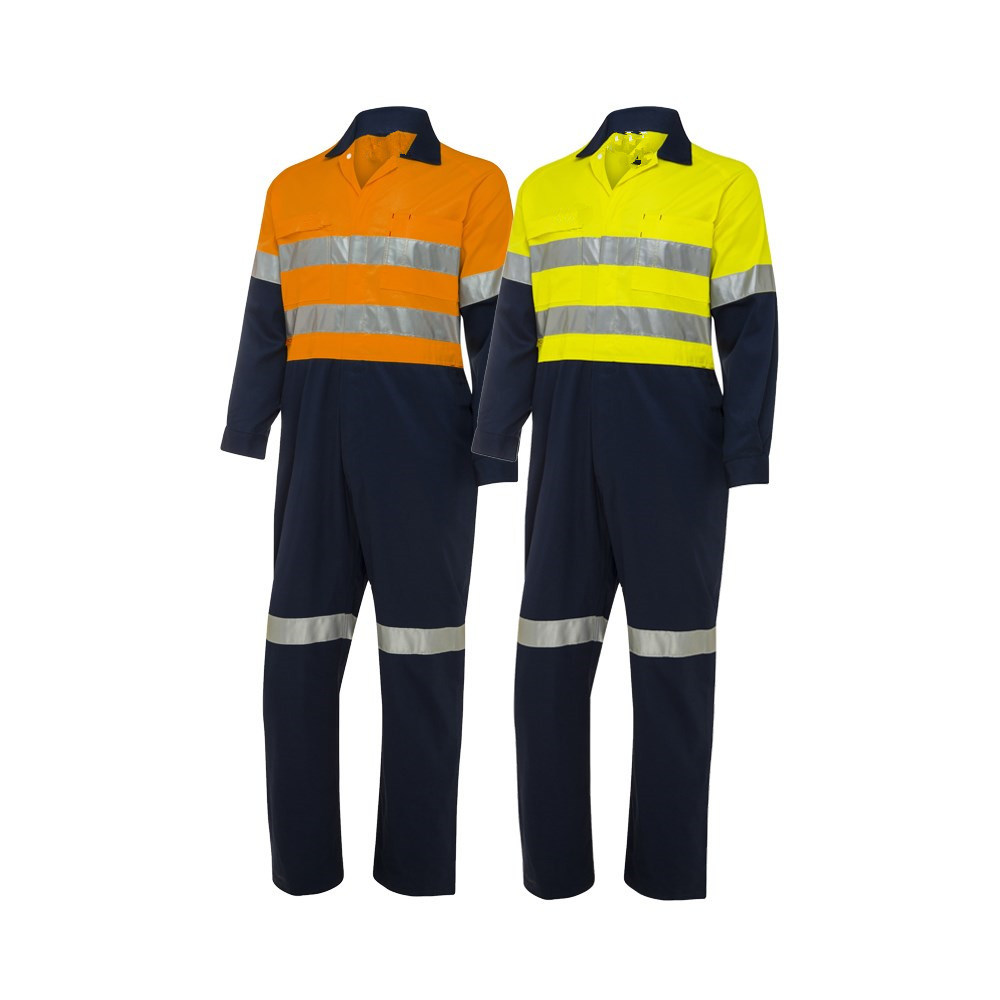...
2025-08-15 17:33
1202
...
2025-08-15 17:18
2107
...
2025-08-15 17:16
1827
...
2025-08-15 17:02
498
...
2025-08-15 16:41
1442
...
2025-08-15 16:36
1615
...
2025-08-15 16:26
2536
...
2025-08-15 16:26
2480
...
2025-08-15 16:22
877
...
2025-08-15 16:13
1214

